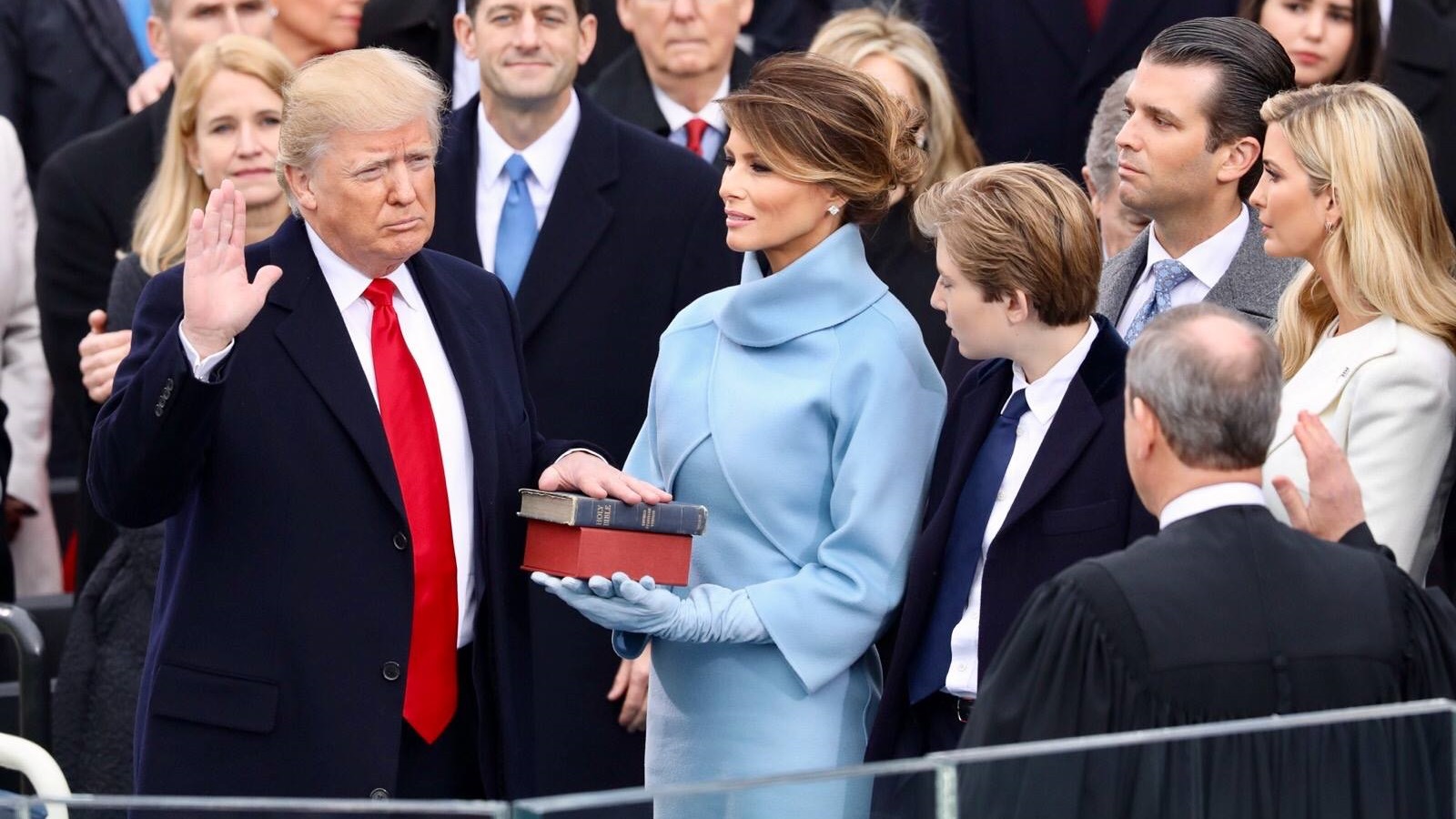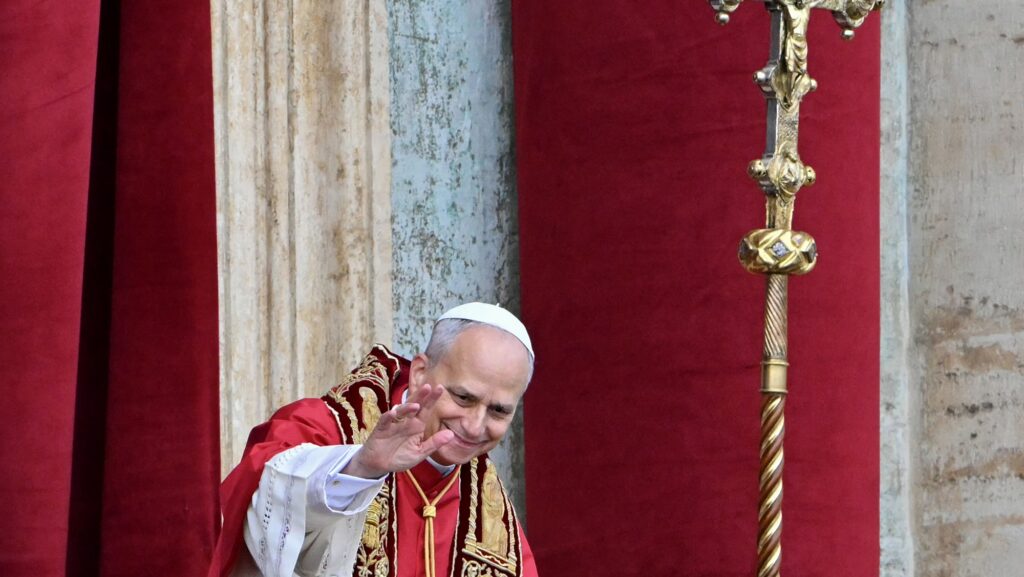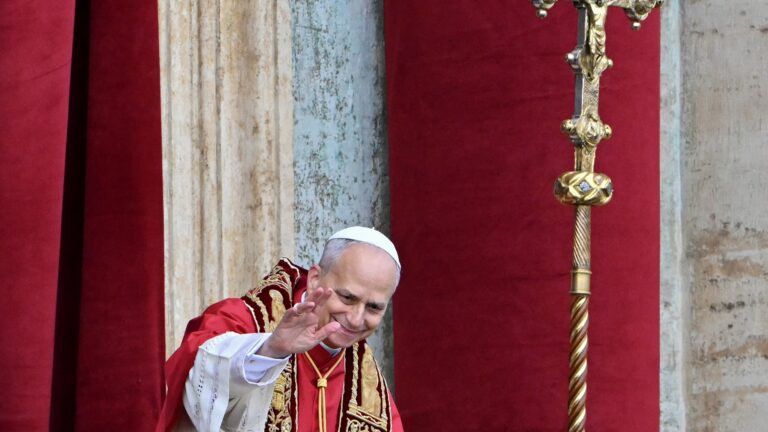20 January has come at last—President Donald Trump is getting ready to take the Oath of Office at the United States Capitol for the second time. However, 20 January was not the original inauguration date. In fact, the first inauguration was not even held in Washington, D.C. Here’s a brief rundown of the history of presidential inaugurations in the United States.
1789: The First Inauguration
George Washington was sworn in as the first President of the United States at Federal Hall in New York City, New York on 30 April 1789. The new administration was looking for a temporary capital before Congress agreed to a permanent one, and chose New York City, before relocating to Philadelphia, Pennsylvania, where the Continental Congress used to meet, in late 1790.
This was the only inauguration held in New York City in April. It was originally due to take place in March but was delayed because of bad weather. The first POTUS took his oath of office on a Masonic Bible he got from the St John’s Lodge No. 1, Ancient York Masons. Washington himself was a Freemason as well, joining the Masonic Lodge in Fredericksburg, Virginia in 1752.
Here is a quote from George Washington’s first inaugural address: ‘Since the preservation of the sacred fire of liberty and the destiny of the republican model of government, are justly considered as deeply, perhaps as finally staked on the experiment entrusted to the hands of the American people.’
1801: The First Inauguration Held in Washington, D.C.
In what is known as the Compromise of 1790, or ‘the Dinner Table Compromise’, between Alexander Hamilton, Thomas Jefferson, and James Madison, Congress chose to move the capital to the South, between the two slave states of Maryland and Virginia, in exchange for the establishment of the first national bank of the United States with a 20-year charter.
‘20 January was not the original inauguration date. In fact, the first inauguration was not even held in Washington, D.C.’
It was President John Adams who first moved to the Executive Mansion, as the White House was known at the time, in late 1800. However, he was not there for the first presidential inauguration ever held in the nation’s new capital on 4 March 1801. His relationship with his once close ally Thomas Jefferson, with whom he even worked on drafting the Declaration of Independence together, turned sour while they were heading the executive branch as President and Vice President, respectively. As a result, Adams did not go to the inauguration of Jefferson, instead opting to begrudgingly leave Washington, D.C. in the morning, after staying there for just a few months.
1841: The Inauguration That May Have Killed the President
William Henry Harrison, the first of two Presidents to be elected from the Whig Party, was 68 years old at the time of taking office. It was seen as an outstandingly old age at the time, so he wanted to prove to the people of the United States that he still had the stamina for the job at his inauguration. Thus, he delivered the longest inaugural address in American history, 8,400 words, which took about 1 hour and 40 minutes to read.
This swearing-in ceremony was also held on 4 March (the original standard inauguration date), but the weather was unusually cold. In order to appear more resilient, Harrison chose not to wear a coat. 30 days later, he died of pneumonia, making him the shortest-serving President in US history. It is unclear if he caught the disease in the cold of his inauguration, or shortly after.
1865: The Inauguration Enshrined on a Monument
In 1864, Abraham Lincoln became the first POTUS to be reelected since Andrew Jackson in 1832. The long streak of one-term Presidents shows the volatile state the country was in this period in history.
When President Lincoln gave his second inaugural address in Washington, D.C. on 4 March 1865, the American Civil War was in its wind-down period, and it was becoming certain that the nation had survived the greatest crisis in its history. Sure enough, on 9 April 1865, General Robert E. Lee of the Confederacy surrendered to General Ulysses S. Grant of the Union at Appomattox Court House.
Lincoln’s second inaugural address in its entirety is now enshrined in marble on the Lincoln Memorial in Washington, D.C. Its most famous quotation, which ends his speech, reads: ‘With malice toward none with charity for all with firmness in the right as God gives us to see the right let us strive on to finish the work we are in to bind up the nation's wounds, to care for him who shall have borne the battle and for his widow and his orphan—to do all which may achieve and cherish a just and lasting peace among ourselves and with all nations.’
1937: The First Inauguration Held on 20 January
As you can see above, the weather played a surprisingly big role in the history of presidential inaugurations in the US. In fact, the reason that it was originally held in early March was that travelling in wintertime for new administrations would have been too troublesome in the 19th century. By the 20th century, however, with the widespread adoption of the automobile and improvements in the railroad system, winter travel became a lot more convenient. So, to cut down on the ‘lame duck’ phase of presidencies, Congress decided to move the inauguration date to 20 January with the passing of the 20th Amendment.
It was Franklin D. Roosevelt of the Democratic Party who was first sworn in on 20 January, to start his second term in 1937.
1981: The Inauguration That Saved the Hostages
In November 1979, young Iranian revolutionaries stormed the United States Embassy in Tehran, Iran, and took 50 Americans as hostages. The incumbent Carter administration failed to free them despite multiple attempts. It was not until 20 January 1981, the day Ronald Reagan of the Republican Party took office, that all American hostages were freed at last and got to go back to the United States by plane.
No Title
http://www.c-spanarchives.org/library/vidLink.php?b=1105867753&e=1105869001&n=001 President Reagan delivered his first inaugural address on January 20, 1981.
This, among other things, greatly hurt the reputation of the Democratic Party among the voters, which led to President Reagan’s historic 49-state landslide victory in 1984. President Trump has achieved something similar with the release of some Israeli hostages held by Hamas in 2025.
Related articles:







